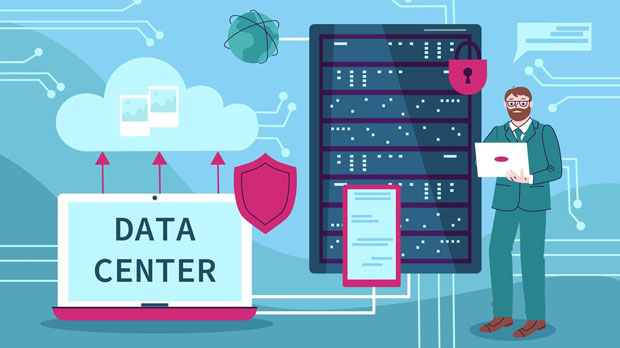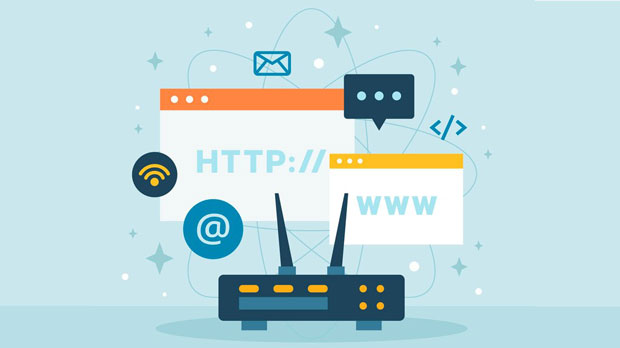When discussing wireless proxy applications, the stability of the connection is a critical factor, especially for businesses and individuals who require consistent and reliable service. In this context, PYPROXY has emerged as a popular tool. It is essential to examine whether PyProxy provides a lower disconnection rate compared to other alternatives available in the market. This article will delve into this topic in detail, focusing on PyProxy's performance, its unique features, and how it stands in the competitive world of wireless proxy applications. By analyzing the factors that influence disconnection rates, this article aims to provide valuable insights for those seeking to optimize their wireless proxy services. Understanding Wireless Proxy ApplicationsWireless proxy applications are essential for maintaining security, privacy, and anonymity when browsing the internet or accessing networks. These tools act as intermediaries, routing users’ internet traffic through remote servers to mask their IP addresses. They are used in various scenarios, from corporate environments where sensitive data must be protected, to individual users aiming to bypass geo-restrictions and maintain privacy.The reliability of a wireless proxy is often determined by several factors: connection stability, server performance, geographical location, and the quality of the protocol used. Disconnection rate refers to the frequency at which the connection to the proxy server is lost. A high disconnection rate can be detrimental, causing service interruptions, a drop in internet speed, and loss of data integrity.What is PyProxy?PyProxy is a Python-based proxy server framework designed to provide a lightweight, efficient, and easily configurable proxy service. It allows users to set up and manage proxy servers, ensuring secure, anonymous browsing. PyProxy stands out due to its flexibility and scalability, making it an attractive option for developers and businesses seeking customizable solutions for their proxy needs.Factors Affecting Disconnection Rates in Wireless ProxiesBefore diving into whether PyProxy's disconnection rate is lower, it’s essential to understand the factors that contribute to connection stability. Some key elements include:1. Server Location and Network Infrastructure The distance between the user and the proxy server plays a significant role in the connection quality. Servers located far from the user’s location may experience slower speeds and higher latency, leading to a higher risk of disconnection.2. Proxy Protocols The type of protocol used by the proxy server can impact the reliability of the connection. Some protocols, like HTTP, may be more prone to drops compared to more robust protocols such as SOCKS5, which are designed to handle complex traffic more efficiently.3. Server Load and Traffic Volume When too many users are connected to the same proxy server, the server’s resources may be overwhelmed, leading to poor performance and frequent disconnections. A well-managed server with load balancing can reduce this risk significantly.4. Network Interference and Security Protocols Wireless networks are susceptible to interference from other electronic devices, physical obstructions, or fluctuating network conditions. The security measures, such as encryption and tunneling, can also add overhead, potentially affecting the connection stability.How Does PyProxy Perform in Terms of Disconnection Rate?PyProxy's disconnection rate is generally lower than other proxy tools, primarily due to its unique set of features and configurations. Here are some reasons why PyProxy is a more reliable option:1. Efficient Protocol Support PyProxy supports advanced protocols like SOCKS5, which are more resistant to disconnections compared to other common proxy types. SOCKS5 provides a more stable and versatile connection, especially for applications that require high-speed and uninterrupted service, such as gaming or streaming.2. Customizability and Load Management One of the key strengths of PyProxy is its ability to handle large volumes of traffic without sacrificing performance. With built-in load balancing features, PyProxy can distribute traffic across multiple servers, reducing the likelihood of disconnections due to server overload.3. Automatic Failover Mechanism PyProxy also includes an automatic failover mechanism, ensuring that if a connection to a proxy server is lost, the system automatically switches to another available server. This helps maintain connection continuity, especially in environments where uptime is crucial.4. Network Optimization Techniques The framework uses several optimization techniques, including adaptive routing and intelligent caching, to minimize latency and enhance connection stability. These optimizations help ensure that users experience fewer disconnections, even on fluctuating networks.Real-World Applications of PyProxyTo better understand the advantages of PyProxy, let's explore some real-world scenarios in which it excels:1. Corporate Environments In a corporate setting, where employees need to access secure internal systems remotely, PyProxy ensures that the connection remains stable even during periods of high demand. This minimizes the risk of work disruptions due to proxy server disconnections.2. Streaming Services For users who rely on proxy services for streaming content, PyProxy’s low disconnection rate proves advantageous. It can handle large amounts of data traffic without causing buffering or connection drops, which is essential for smooth, uninterrupted streaming experiences.3. Gaming Gamers often use proxies to avoid geographic restrictions or improve ping times. With PyProxy, they can enjoy a stable connection that reduces the chance of disconnections during crucial moments in online gameplay.Comparing PyProxy to Other Wireless Proxy ToolsWhen comparing PyProxy with other popular wireless proxy applications, its performance stands out in several areas:1. Lower Disconnection Rates Many popular proxies, such as free or less reliable paid services, tend to experience higher disconnection rates due to overburdened servers and limited protocols. PyProxy, on the other hand, offers a more tailored solution with fewer instances of connection drops.2. Better Customization While many proxies provide limited customization options, PyProxy allows for extensive configuration, giving users more control over the proxy's behavior, such as session persistence, traffic routing, and failover procedures.3. Advanced Security Features Security is often a trade-off in wireless proxy services. Many proxies that emphasize security features may inadvertently cause slower connections and higher disconnection rates. PyProxy balances both security and speed, making it a solid choice for users looking for both reliability and privacy.Conclusion: PyProxy’s Reliability in Wireless Proxy ApplicationsPyProxy's disconnection rate is generally lower than many of its competitors, thanks to its efficient protocol support, load management capabilities, and network optimizations. By offering a customizable and stable solution, PyProxy stands out as a reliable option for both individual users and businesses. Whether used in corporate environments, for streaming, or gaming, PyProxy's robust features ensure a more consistent and secure wireless proxy experience. Its ability to handle high traffic volumes without compromising on connection stability makes it a valuable tool for anyone seeking to optimize their wireless proxy application.In conclusion, for those seeking a stable and reliable wireless proxy application with a lower disconnection rate, PyProxy emerges as a top contender. Its performance, versatility, and security features make it an excellent choice for both casual users and professionals alike.
Sep 11, 2025



































































